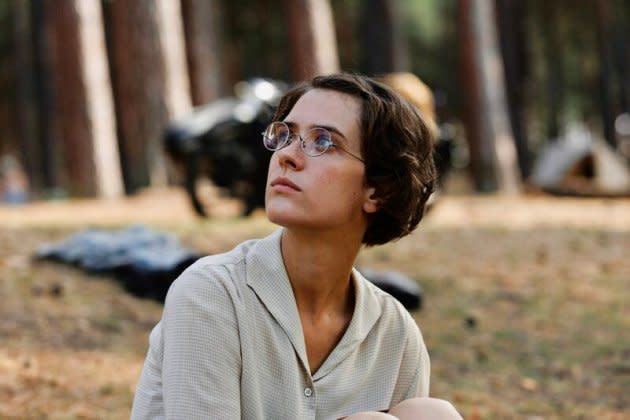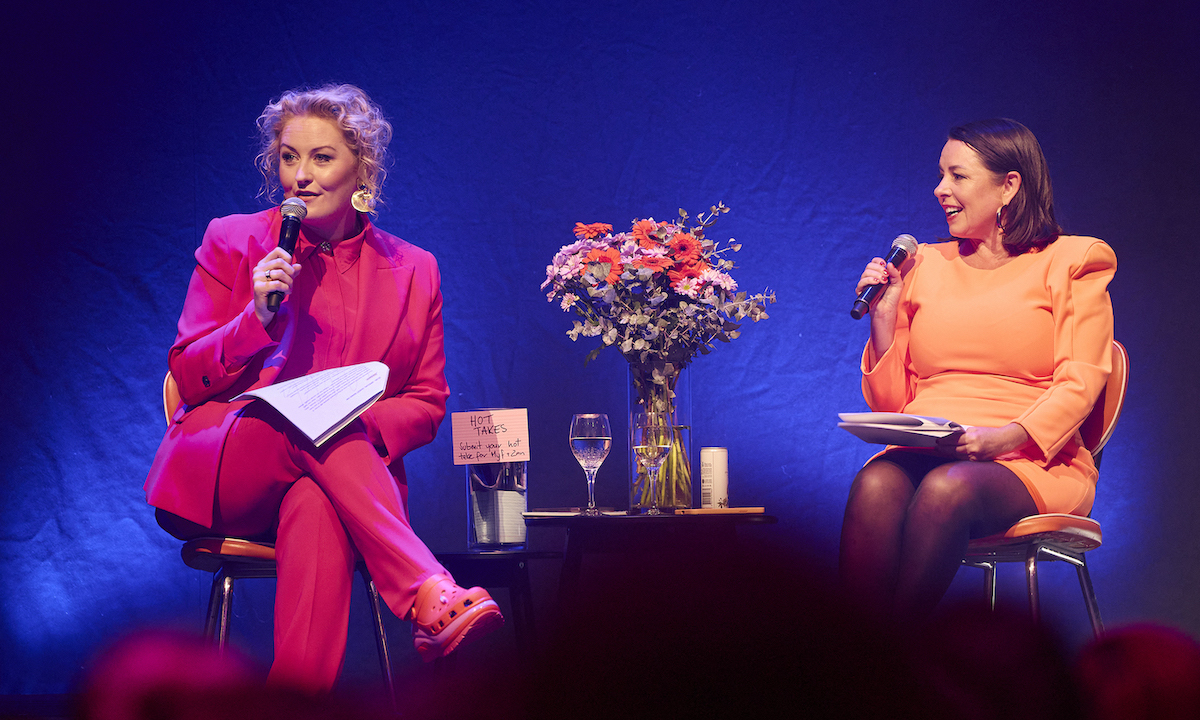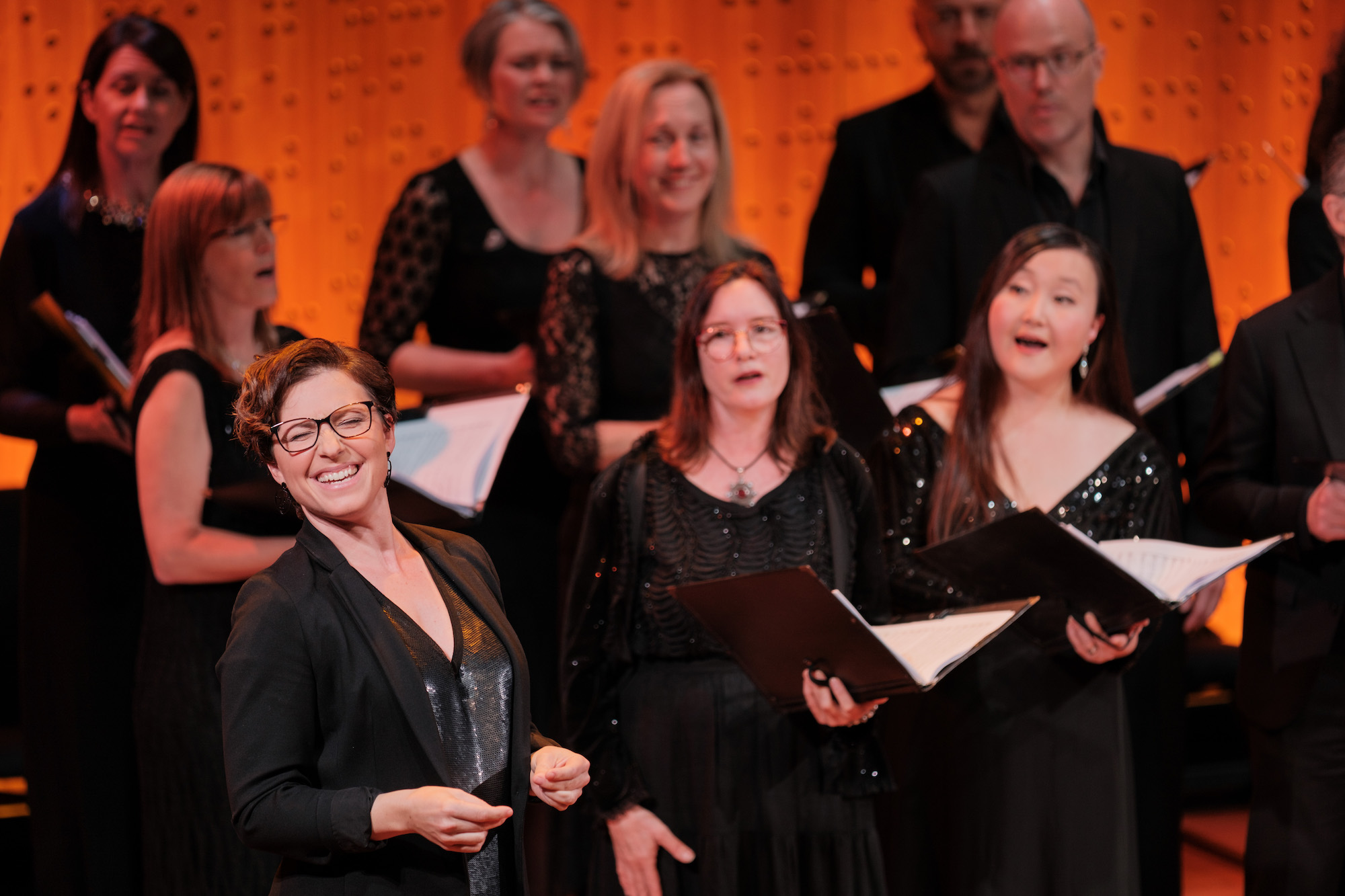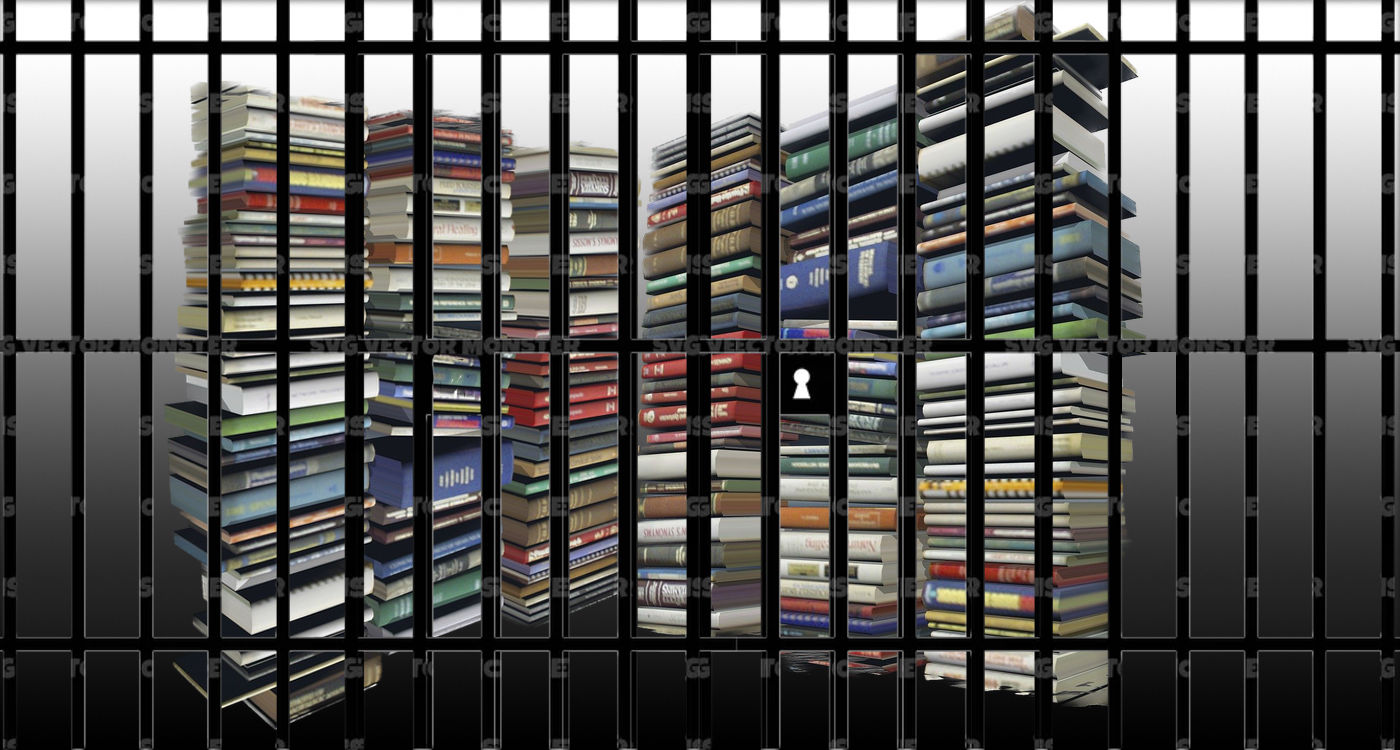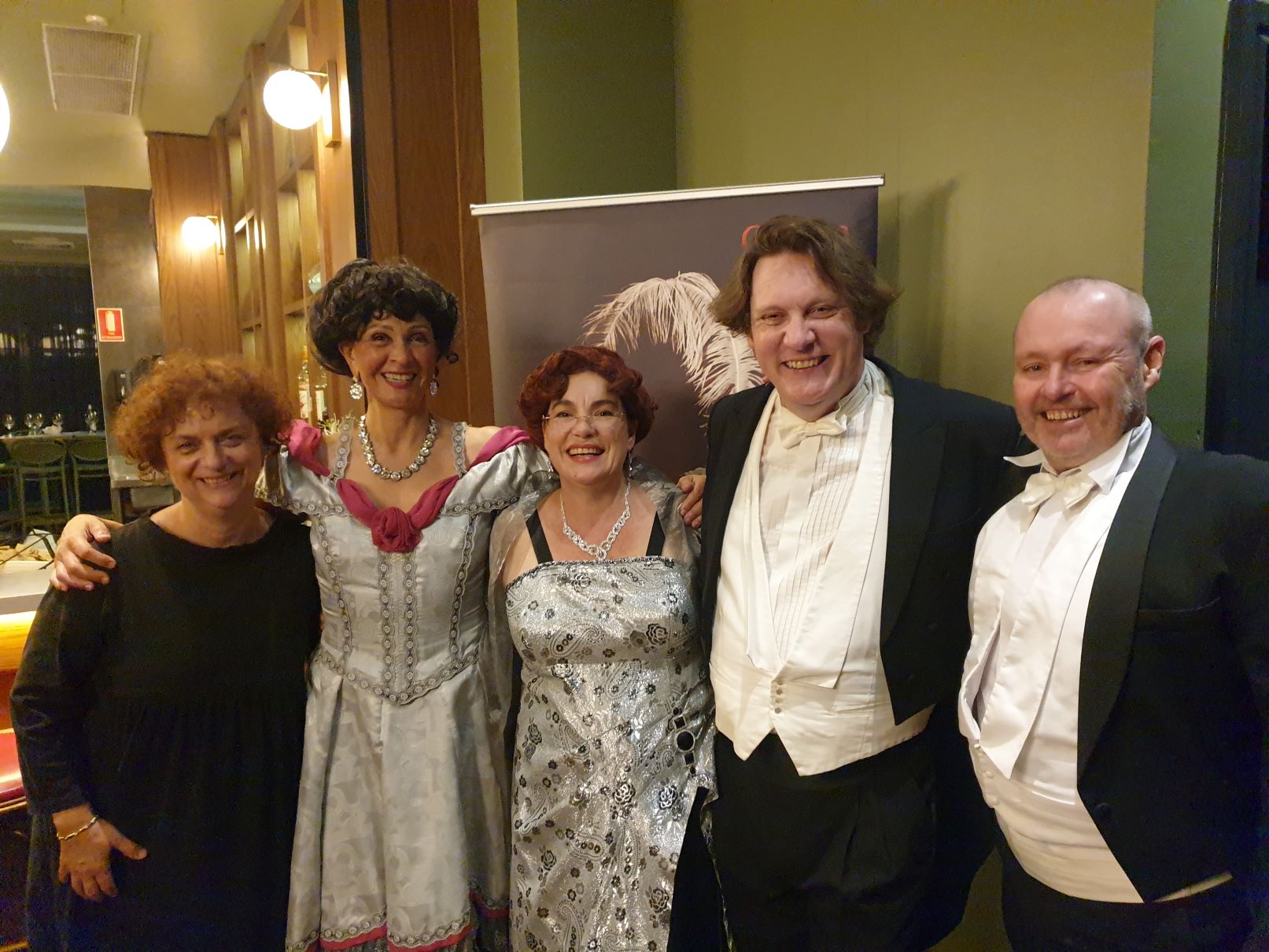
The Art of Feminism

BY RITA BRATOVICH
For much of art history the role of women has been relegated to that of muse, model or mistress. As in many other aspects of society, female expression was suppressed, dismissed or ridiculed. It has taken successive waves of feminism for women to even be allowed to participate, let alone be recognised in the art world. Just as in nature, however, those waves have swelled, broken and then receded, leaving stillness until the next swell.
An exhibition of short films and animation made by Australian women during the 1990’s aims at highlighting a widely un-acknowledged period of feminist action.
Curated by Dr Jacqueline Millner (Associate Dean (Research) at Sydney College of the Arts), Jane Schneider (film-maker) and Deborah Szapiro (animator), FemFlix is a walk-through installation of variously sized screens displaying short films and animations running in loop.
“I believe that when you’re moving you think differently,” explained Millner. The exhibition encourages visitors to go from screen to screen and experience the films in relation to each other. The through-line, of course, is feminism.
“There definitely was a feminist groundswell during that decade and it took particular forms.”
The 90’s was the estuary for activist feminism, emerging technologies, post-punk, cultural patriotism and indigenous pride that all flowed through from the 1970’s and ’80’s.
“…During the ’90’s as well, there was quite a shift in the way that feminism was engaging with notions of queerness,” added Millner. “‘Queer’ kind of questions those very fixed identity positions.”
Queerness allowed for fluid, hybrid gender ideas. While earlier feminism attempted to prescribe an essential concept of what it was to be a woman, the feminism of the ’90’s, often seen as the “third wave”, challenged the notion that all women were the same. The democratisation and autonomy afforded by new media technology allowed that notion to be artistically explored by women.
The films selected for this exhibition are important, not just because they were made by women or feature women, but because they are imbued with female ideology – which wasn’t always about sledgehammering a message.
“Instead of the very serious, political… there was a real playfulness and real irreverence that characterised this time,” stressed Millner. “There are so many ways to be feminist. Sometimes the strongest works and the strongest behaviours are the ones that are not necessarily didactic.”
Animation is an area of filmmaking that has been and continues to be male dominated, although Deborah Szapiro argues that in the independent sector in Australia, women are the strongest. “These women are incredible,” she said, citing the audience feedback from an overseas exhibition she curated last year.
But while the independent side is not gendered, it also “doesn’t make money”. On the other hand “the industrialised side and commercial side which does make money [is] very, very gendered,” lamented Szapiro.
As a teacher, she is frustrated with the endemic gender bias in institutions and tutorial aids, especially in the instruction of 3D and CG animation.
“If you [look] online at all the tutorials for Maya [3D animation software] all the women have big breasts, they have pneumatic crotches where the jeans are actually being sucked up…men are all muscly with guns…” explained Szapiro.
The types of assignments given to all students, arguably would appeal more to males. “Even at top universities [around the world] it would be ‘design a car and blow it up’, ‘design two guys and make them fight’…”
Asked about the animated shorts she selected for FemFlix, Szapiro explains that it was the content of these films that most influenced her:
“For me, on the feminism side of things, it was so amazing in animation to see women’s lives put front and centre. To see the domestic able to be talked about in a way that was very powerfully political.”
Women continue to explore and articulate feminism in their art, but it is widely ineffectual unless it can be exposed to a broad, diverse audience. One of the biggest obstacles is that there aren’t enough women in curatorial and promotional spaces. In an attempt to redress that, four women with different skills and similar ambition have created an entity called The Ladies Network. Its inception was as an art exhibition curated by co-founder Lara Vrkic for young female artists.
The overwhelming success of that exhibition suggested a need and a business opportunity which was taken up by Vrkic (Curator), Arabella Peterson (Editor-in-chief), Emmeline Peterson (Project Manager) and Jess Mincher (PR). Their focus is less on creating exhibitions now, and more on discovering, endorsing, encouraging and assisting women in all forms of art including film, music, literature and visual arts. At the moment their activity is mostly web-based, but they aim to become a multi-platform agency that provides a full range of services and resources for women in the arts.
“We want to create a landscape of equality in the creative industry…we really do want to change things,” explained Arabella Peterson. She believes that until there is an even playing field between the genders, there needs to be “women only” spaces and quotas. “We want to normalise having women in the art industry so it doesn’t have to be enforced anymore,” she added.
Female creatives repeatedly find themselves knocking on the doors of male personnel in administrative and promotional roles, not being heard and not being let in. The Ladies Network has put itself on the other side of that door.
“I think that by us infiltrating these positions of power – not just the artists being women but also the gallery owners, the curators, you know, the decision makers…it’s the only way that women are going to forge their place,” suggested Peterson.
There is no prerequisite for artworks and artists represented by The Ladies Network to have a blatant social, political or ideological agenda because Peterson believes it is unnecessary; it is simply inherent in what they are doing: “In any career, in any industry…women’s visibility and presence in that industry and their success is advancing a feminist cause.”
The female voice often needs to shout to be heard, but through creativity and artistic expression, women can speak freely and audibly. Women-only projects such as FemFlix and The Ladies Network provide a sounding board for the feminist voice in art, and the inherently eclectic, inclusive nature of female taste means that this contributes to a richer, more diverse overall creative culture. (RB)
FemFlix
Until Sep 3, Mon-Fri 11am-5pm + Sat 11am-4pm. SCA Galleries, Sydney College of the Arts, University of Sydney, Kirbride Way, Lilyfield. Free. Info: www.sydney.edu.au/sca
The Ladies Network
www.theladiesnetwork.com.au


